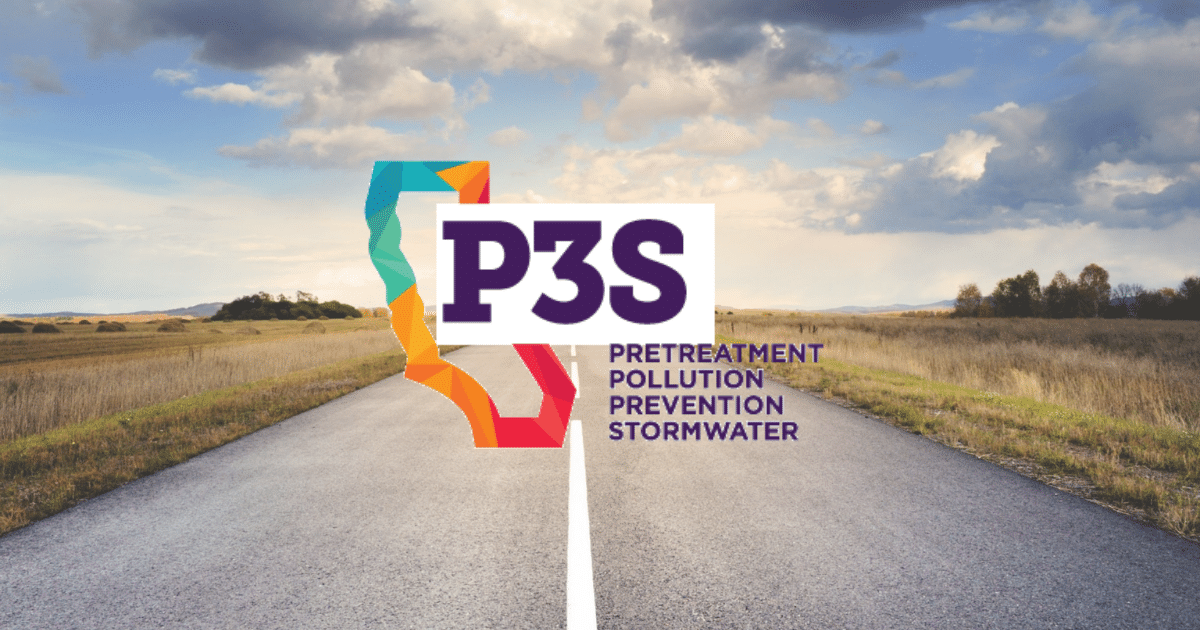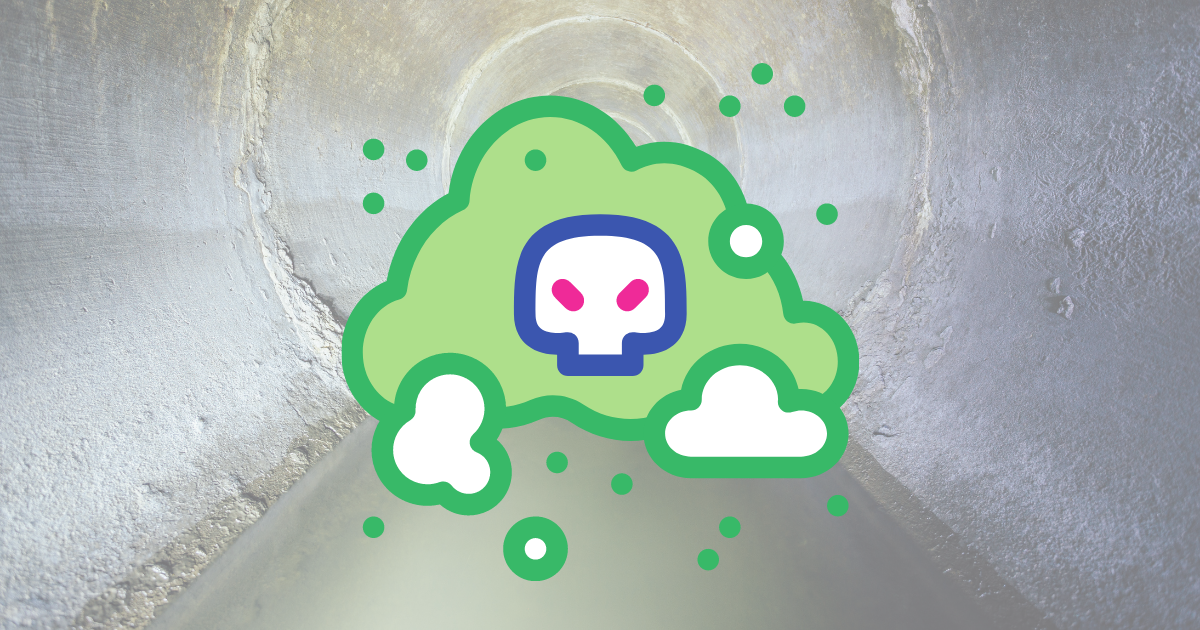Why Legionnaires’ Disease Is Suddenly A Very Real Problem and What You Can Do To Stop It
- Sep 10, 2020
- 0 Comments
In September, health officials in a Canadian town just outside Vancouver scrambled to explain a rare cluster of Legionnaires' disease cases in its business district. The problem wasn’t as much a case of why it happened as much as where.
They knew why.
Like most cities and towns around the world, New Westminster shut down in the wake of the pandemic. When businesses resumed, water systems that laid dormant for months suddenly had water flowing through them. That was a problem. Stagnant water in the pipes bred Legionnaires’ disease-causing bacteria, which was suddenly spreading everywhere. But which building – or buildings – was it? Inspectors zeroed in on those with cooling towers, air conditioning units and decorative water features.
This could happen anywhere. A building that has been closed for a week or more during the pandemic almost certainly has standing water somewhere in its pipes. And that standing water is trouble.
“The temperature of the water will reach the ambient temperature of the surrounding area, which is generally in the growth temperature range for Legionella bacteria,” explains Ronald L. George, CPD, president of Plumb-Tech Design & Consulting Services, LLC. “Where nutrients are present, Legionella bacteria and other micro-organisms can grow to significant levels.”
Water flow essentially makes the bacteria airborne. Workers in the building can inhale it into their lungs, causing Legionellosis or Legionnaires’ disease. Infected people may develop pneumonia. Symptoms show in 1 to 19 days and include fever, shortness of breath, severe fatigue, abdominal pain, and diarrhea. Left unchecked, the disease can even be fatal.
The good news is you can stop it. Below, he details how the problem starts and develops and what you can do to help your community avoid being another New Bedminster.
How Legionella Bacteria Enters the Building
Cold water that enters the building from the water utility won’t be completely free of water-borne bacteria and other pathogens, such as Legionella bacteria. The Safe Drinking Water Act of 1974 (hereinafter, “SDWA”) and the promulgated regulations under the SDWA set minimum water quality levels that a water utility must meet for the water that it delivers to the water meter.

Although a water utility should strive to deliver quality water, water utilities cannot guarantee safe drinking water because there are often water main breaks, construction, fire events, and other disruptions of water main flows that cause turbid water, which leads to high bacteria levels in the water in the utility mains. Currently, the SDWA and its regulations allow water utilities to fall below the minimum level of water quality for three consecutive 6-month reporting periods while they try to take corrective actions before they notify the public of a water quality issue. Recently, there have been efforts to revise these reporting requirements.
At some point, the incoming cold water from the water utility will have contaminants, including bacteria and other micro-organisms. These contaminants will enter the building water piping systems. The responsibility for building water safety is the responsibility of the building owner. The water utility has no responsibility for water quality on the building site of the water meter. For this reason, the building owner should monitor the quality of the water coming into their building.
How Legionella Bacteria Grows in the Water Pipe System
After water enters the building from the water utility, any bacteria or microorganisms present can grow and flourish unless controlled. Under normal operating conditions, methods to control Legionella bacteria's growth refer to the maintenance of (1) elevated temperatures to limit colonization and growth of Legionella across hot-water systems and (2) sufficiently cool temperatures across cold-water systems.
Legionella bacteria can also be controlled with chemical disinfection methods for cold-water systems; however, studies have shown water treatment chemicals dissipate over time. Several factors affect the rate of dissipation, such as pipe material, temperature, and organic contaminants in the water. Chemicals rapidly dissipate in hot water systems, so elevated temperatures across hot water systems are necessary to control Legionella bacteria growth.
Warm water leaves a water system especially vulnerable to Legionella colonization and growth. See Table A - Effects of Temperature on Legionella Bacteria.
|
Table A – Effects of Temperature on Legionella Bacteria By Ron George, CPD |
|
Temperature Result |
|
Below 68F Legionella survives but will not reproduce |
|
68 F Legionella will double its population in 8 days |
|
77 F Legionella will double its population in 3 days |
|
68 F to 122 F Legionella bacteria growth temperature range3 |
|
95 F to 115 F Ideal Legionella bacteria growth temperature range |
|
Above 122F & Below 131 F Legionella bacteria can survive but will not grow or multiply2 |
|
131 F Legionella bacteria die in 5 to 6 hours2 |
|
140 F Legionella bacteria die in 32 minutes2 |
|
151 F Legionella bacteria die in 2 minutes2 |
|
158 F + Legionella bacteria dies instantly (Disinfection temperature)2 |
Notes:
This is based on laboratory tests. Field conditions may vary due to differences in water quality, insulating properties of biofilm/scale
Some types of water heaters are not capable of heating to non-growth or disinfection temperatures.
The coolest point in the hot water system (Hot water return pipe) should be a couple of degrees above the highest growth temperature.
Legionella bacteria growth occurs between 68 degrees Fahrenheit and 122 degrees Fahrenheit. Below 68 degrees F, Legionella bacteria can survive but does not grow; so, for example, if there is cold water supplied to your building with 1 colony-forming unit per milliliter of water (CFU/ml) of Legionella bacteria, the bacteria will remain at that level until the water temperature warms up and the Legionella bacteria begins to grow.
At 68 degrees F, laboratory tests show that Legionella bacteria doubles every 8 days, and at 77 degrees F, Legionella bacteria doubles every 3 days. Many people have said that in-coming cold-water temperatures at 77 degrees F are acceptable because, with normal use, any bacteria in the water will be flushed through the system during normal water usage. However, you should be aware that there may be “dead-legs” in piping systems, which are branches of water piping that serve areas of a building with little usage. When a branch or fixture has not been used or has not been flushed “clear” within 3 days, bacteria can grow to significant numbers when the water temperature is 68 degrees F or above. Many infra-red faucets and ultra-low flow faucets allow flows that contribute to aging water and bacterial growth in the water distribution piping system.
To ensure that the hot water temperature remains above the Legionella bacteria growth range, a minimum temperature of 124 degrees F at the system's lowest temperature point should be maintained. To do this, hot water should be stored at temperatures above 135 F - 140 F, or higher, to offset heat loss and maintain a minimum hot water temperature a couple of degrees above the Legionella growth temperature of 122 degrees F, the lowest temperature point in the system. The hot water should be delivered to the distribution system through a temperature actuated mixing valve that conforms to the model Plumbing Codes (ASSE 1017/CSA B125.3). This will stabilize the hot water delivery temperature and control the hot water return temperature.
In systems with circulating pumps, a temperature gauge should be located on the hot water return pipe after the circulating pump and just before the tee where the hot water return splits to direct the return hot water to the cold-water connection of the water heater and the cold-water inlet of the mixing valve, if present. This is the lowest temperature point in a hot water system.
During periods of occupancy, the building's hot water system would, ideally, heat and deliver the water to the fixtures at a sufficiently high temperature to control the growth of Legionella bacteria and other micro-organisms. However, if the temperature of the hot water system is not a thermal disinfecting temperature (note: many instantaneous heaters cannot achieve and maintain a thermal disinfection temperature) or if the hot water system temperature is turned down to a lower temperature, then bacteria can grow and flourish across the hot-water piping system during periods of significant dormancy.
During periods where there is little to no water usage in a building that has been significantly unoccupied or not regularly used during the periods of shut-down, the water that sits or “ages” in building water pipes will have chemical treatment levels dissipate down to levels that will not control bacteria growth. The water temperature will reach the ambient temperature of the surrounding area, which is generally in the growth temperature range for Legionella bacteria. Where nutrients are present, Legionella bacteria and other micro-organisms can grow to significant levels.
The “bio-film” that is generally present in both the cold and hot water piping systems will serve as a food source for the bacteria. All building water pipes that have been in service for a period of time will develop a “bio-film,” where bacteria and other micro-organisms can live without significantly affecting the quality of the water that flows through the building water pipes during regular usage.
However, when water sits and ages in the building water pipes, any bacteria in the water can grow to great numbers, using bio-film as a foundation for growth and food. Additionally, bacteria can live within the bio-film. When water flow resumes, the bacteria in the “bio-film” can be dislodged and enter the water stream delivered to the fixtures.
Challenges For Restaurant Operators
The restaurant industry faces some unique challenges concerning plumbing systems. For example, many voluntary water conservation programs are encouraged by low flow rates contributing to aging water, even under normal operating conditions.
For the restaurant industry, when infra-red, metering or ultra-low-flow faucets are installed, hot water may not reach the lavatory or hand-washing sink by the time the user is done washing their hands. These low flows do not allow hot water to get to hand washing sinks, and this also creates an opportunity for bacteria to grow in these branches to the hand-washing fixtures. In installations with infra-red, metering, or ultra-low flow faucets, the hot water needs to be circulated down into the plumbing chase and behind the plumbing fixtures so that hot water is immediately available.
Also, there have been recent efforts to reduce the flow rates on pre-wash sprays for kitchen sinks. Ultra-low-flow pre-wash sprays in kitchens contribute to poor drain line transport of solids and grease (fats, oils, and grease, or F.O.G.) and allow grease to coagulate in pipes before the grease waste reaches the grease interceptor. These pre-wash sprays use hot water to remove grease and food debris from dishes before loading the dishes into the dishwasher.
At these lower flow rates, the hot water cools off quickly, and grease can coagulate in the drain before reaching the grease interceptor. If grease coagulation is a problem in piping before a grease interceptor, consider a point-of-use interceptor or grease removal device.
Another challenge the restaurant industry faces is with ice machines. Bacteria can grow in the flexible water supply tubing to ice machines. When ice machines are installed in tight, poorly ventilated spaces, warm or hot air will be discharged into the space behind the ice machine. This warm or hot air heats the water in the flexible water supply tubing to an ideal temperature for bacteria to grow.
Generally, there are cartridge filter assemblies in the restaurant industry that remove debris and solids out of the water before it reaches the ice machine and a charcoal filter to remove the chlorine out of the water so that the chlorine does not affect the flavor of the beverages. Ice machines are especially susceptible to Legionella bacteria growth because chlorine is removed from the flexible water supply tubing. If the building has been sitting significantly unoccupied for long periods of time, the cold-water piping serving the ice machine should be flushed, and the flexible water supply tubing and filters should be replaced.
How To Get Rid of Stagnant Water
When a building is significantly unoccupied for more than seven days or a period of time agreed to by a building’s water management team, flushing should be performed immediately before re-occupancy. When a building is significantly unoccupied for more than four weeks (28 days), or a period agreed to by the building’s water management program team, flushing and disinfection should be done immediately before the building being reoccupied.
Make sure there is clean water in the utility main up to the water meter. The building service piping should be flushed before any flushing of the fixtures. Flushing the utility main and the building service pipe first stops introducing debris into the building piping, valves, equipment, and fixtures. Flushing the hydrant near the building will speed up the process and reduce water flow through the meter.
Flush fixtures with the water heater turned off. Every fixture in the building should be flushed until the water treatment chemical residuals reach an acceptable level. Flush the fixtures in the following order:
- Sinks
- Showers
- Water Closets
- Urinals
Fixtures with flush valves can become clogged with debris and not flush properly if they are flushed first in time. If flush valves do not perform properly and run on, then shut off the water, remove the flush valve diaphragm, and clean the orifice. When done flushing, remove faucet strainers and showerheads and clean or replace them. If flushing does not improve water quality, contact the water utility, and consider contacting a water treatment professional.
Taking these steps may seem like a hassle, but the alternative is far worse. Just ask the people of New Westminster. Its officials are not only grappling with a health crisis. At the time of this writing, they still had not found the building where the Legionella bacteria originated.








